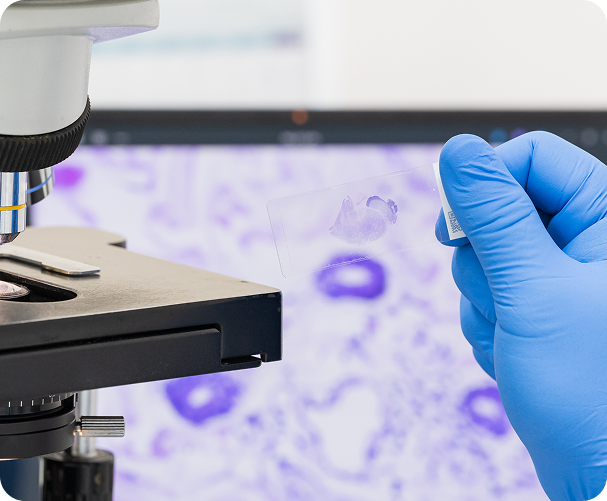Microbiological tests
The aim of microbiological tests is to monitor contamination during the entire cosmetics production process, from obtaining the raw material and production hygiene, to the finished product. These tests verify the degree of microbiological purity of cosmetics and thus confirm their safety, in accordance with the acceptable levels specified in the ISO 17516 Cosmetics – Microbiology – Microbiological limits.

MICROBIOLOGICAL ANALYSIS – QUALITATIVE AND QUANTITATIVE TESTS
We carry out qualitative tests, including the identification of the presence of typical pathogens and quantitative tests of the total number of microorganisms, in accordance with ISO standars:
PN-EN ISO 22149 – Enumeration and detection of
aerobic mesophilic bacteria
PN-EN ISO 22717 – Detection of Pseudomonas
aeruginosa
PN-EN ISO 16212 – Enumeration of yeast and mould
PN-EN ISO 21150 – Detection of Escherichia coli
PN-EN ISO 22718 – Detection of Staphylococcus
aureus
PN-EN ISO 18416 – Detection of Candida albicans
Claims:
PN-EN ISO 11930;
Schülke&Mayr Koko- test
Polish or European Pharmacopoeia
The methodology can be individually suited to the customers requirements – in particular, focused on strains obtained from raw materials or directly from the production environment.
ANTIMICROBIAL ACTIVITY
The tests are performed in order to confirm or exclude the antimicrobial properties of the product against selected test strains obtained from recognized collections or swabs from the surface of the skin of the probants. The test is performed on the basis of an internal procedure using the following method:
suspension method (determining the degree of microbial reduction);
disc method (marking the zone of growth inhibition).
